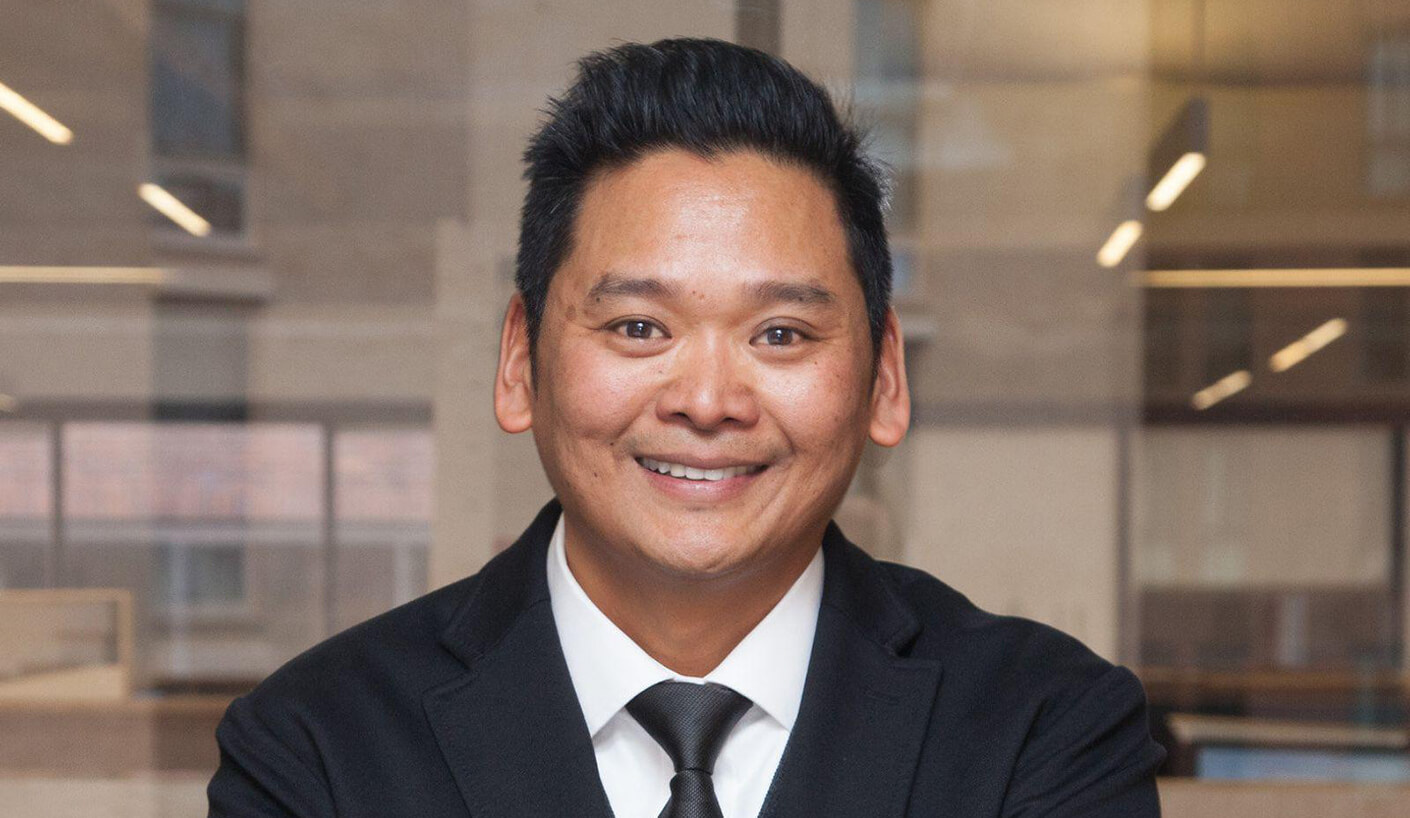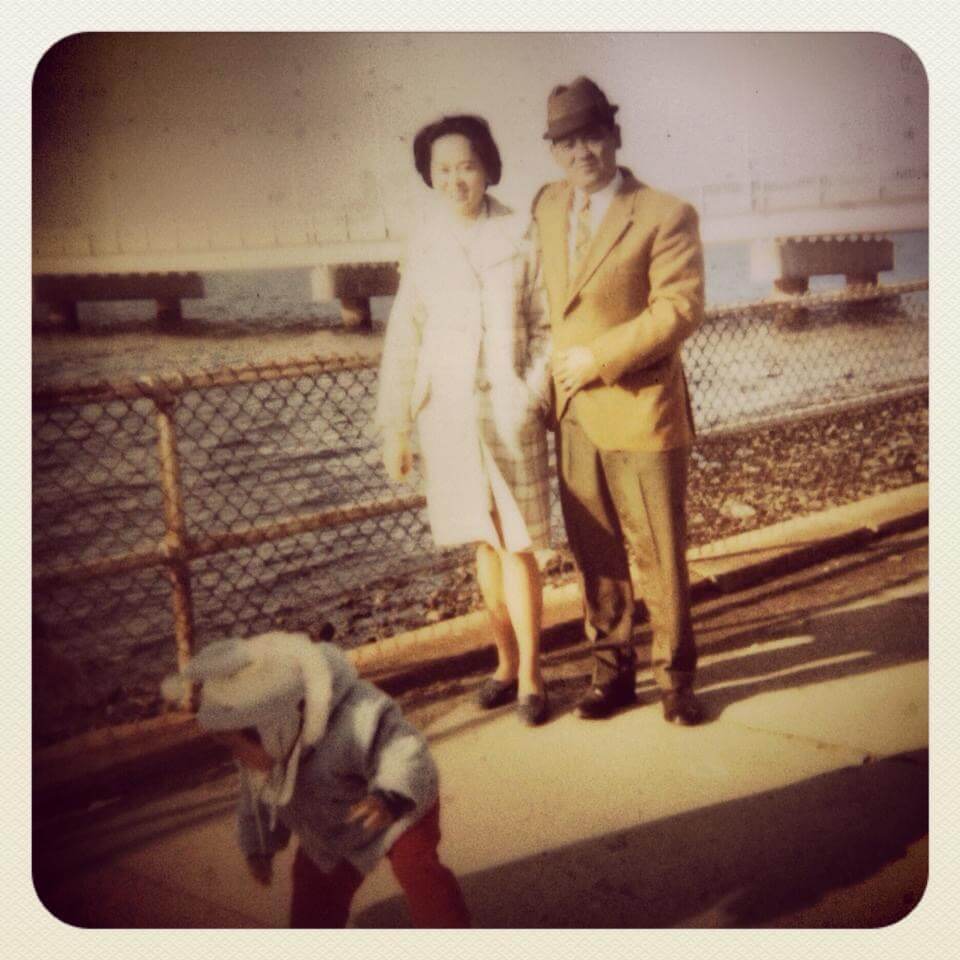Conversations with Colleagues: Fred Marcial


Q: In what ways do you feel your work is contributing to diversity, inclusion, and engagement in the design profession and in broader society?
A: To bring a design to life, I work with people of all stripes and from all walks of life, from subcontractors to clients, day laborers to subject matter experts. As an AAPI on these construction sites, I face the same challenges in the design profession as I do in broader society: unconscious bias regarding my race, color, nationality, class, education, political affiliation, or nuances of cultural heritage, not to mention personality differences, chemistry, and manner (i.e. extrovert/introvert). Yet I’m convinced that a project’s success can be attributed to the diversity of its project teams, bringing the fullest spectrum of strengths and viewpoints to day-to-day problem-solving as well as perspective on the big picture. Society benefits in the same way, but as recent events can attest, we have a long way to go.
When we talk about Justice, Equity, Diversity, and Inclusion, (J.E.D.I.) we often talk about a “seat at the table”. With every new project assignment, that seat demands that I bring to the table a design sensibility, a sensitivity to the needs of all stakeholders, and a collaborative approach to earn the respect and win the trust of the project team.
In my view Perkins&Will has entrusted me with a very important client. I am committed to returning the favor with a job well done, and making the same opportunities afforded me for others to thrive, because our success is tied to the success of others, as it is more broadly in the design profession and in our society.
Q: Describe a design project you’re working on right now, whether professional or personal, that you’re especially proud of—and why.
A: The National Institute of Health’s mission is to seek fundamental knowledge about the nature and behavior of living systems and the application of that knowledge to enhance health, lengthen life, and reduce illness and disability.
I am especially proud to be contributing to NIH’s mission on my current project assignment. Now more than ever, amid a global pandemic, design is on the frontline to support clients like NIH achieve their goals: to foster fundamental creative discoveries, innovative research strategies, and their applications as a basis for ultimately protecting and improving health; and to develop, maintain, and renew scientific human and physical resources that will ensure the Nation’s capability to prevent disease.
For me personally, I have found renewed purpose and a connection to broader society through our work at NIH, reaffirming that we can by design improve the human condition.

Q: Tell us about a time when you met someone who told you your project had somehow uplifted them, or improved their life—what did that person say, and how did it make you feel?
A: Of the moments to connect our work to the lives of others, the ones that resonate with me most came during the construction of a new cancer hospital in Chapel Hill, North Carolina. I got to know the Chief of the Division of Pediatric Hematology-Oncology, who asked me a favor during the demolition of their old pediatric oncology clinic: to locate a section of plaster wall where a mural was painted in memory of a young patient, because he thought it would be right that the painting be salvaged and returned to the family. The gesture embodied the good work they do every day and the lifelong connection they have to their patients and families.
Priceless moments came after the cancer hospital was completed, to learn that our neighbor’s child would receive successful treatment there, and when my father toured the building and said to me, “I’m proud of you, son.”
Q: As a leader in the design industry, what steps do you take to expand professional design opportunities to members of the Asian and Pacific Islander communities?
A: I believe there are steps we can take to continue to expand opportunities for others. As AAPI professionals, we can lead by example and by our actions day-to-day, dispel preconceived notions of who one might think is the right person for the job.
For leadership, if it takes courage to create opportunities for others, and to do the work to overcome one’s own unconscious biases. One can only imagine the immense pressure there is to succeed for BIPOC and AAPI in these positions for the first time. Today, there are more BIPOC and AAPI professionals in the AEC industry, and on both sides of the table, than there were when I entered the profession. Early on, I was often the only AAPI or BIPOC in the room. I am encouraged by how this is changing, and I celebrate in the richness that these diverse project teams represent, and getting the job done at the same time. By championing those who might not otherwise get the chance, our industry can start to reflect the composition of broader society. It is after all, an apprenticeship-practice, and we have an obligation as mentors to lead by example, disseminate knowledge and expand opportunities for others.
For my BIPOC and AAPI colleagues, I’ve had prospective employers say, “Our clients will eat you alive,” presumably because of my manner and approach, implicitly because I did not fit the mold of their expectations. I’ve also had colleagues say, “You be you, Fred, keep doing what you’re doing.” Given the opportunity, I believe we can be our authentic selves AND achieve great things, win the client, and establish our place in the AEC industry just as we have in broader society.